We commemorate 6 months of cycling around Europe, or the first halftime of our trip, in the Danube Delta.
We realise that the Danube delta is indeed a very appropriate place to take a breath on this tour around Europe, for various reasons.
First because cycling seemingly ceases to be an appropriate mode of transport in the delta. Well, not entirely, as we could have taken the tandem on the slow river boat, the ”steamer” as the locals call it. We also could have cycled around the Razim at least to Murighiol, in the southern lagoon area - and/or along the Black Sea waterfront from Gura Portitei via Sfinto Gheorge to Sulina and further to Periprava. Maybe though too sandy for our tandem. But these are things we know now after studying various sources of information, which is relatively scarce and difficult to obtain beforehand. So the first thing is, you slow down in the delta and you change the travelling mode to waterborne tranport, micro buses, or walking. We enjoyed this brake from pedalling.
Second because the delta is a biodiverse wetland landscape of truly European if not global importance. After almost 3000 km from the Black forest to the Black Sea, the river collects water from an impressive hydrographic basin which covers more than 8% of Europes surface. Along its course there are many nature reserves which are connected through the Danubeparks system. Travelling down the central canal to Sulina on the steamer slowly introduces you to this world apart. We chartered a tiny boat to go trough a small part of its lakes and canals, and even Florian, our guide, was suprised how the movement of the famous floating reed islands changed the waterwyas since his last tour. On two occasions we had to pull and push the boat over some buoyant pieces of what? land? biomass?
Third because the Danube, i.e. the shipping on it, played an important role in the European peace and unification process with the ”Commission Europeene du Danube” (CED) established with the Paris treaty 1856 and it touched us to visit and climb up the lighthouse in Sulina which was built through the CED. The tiny town of Sulina is full of testimonies to a rich multiculturalism with former diplomatic houses and its christian/islamic/judaic cemetary.
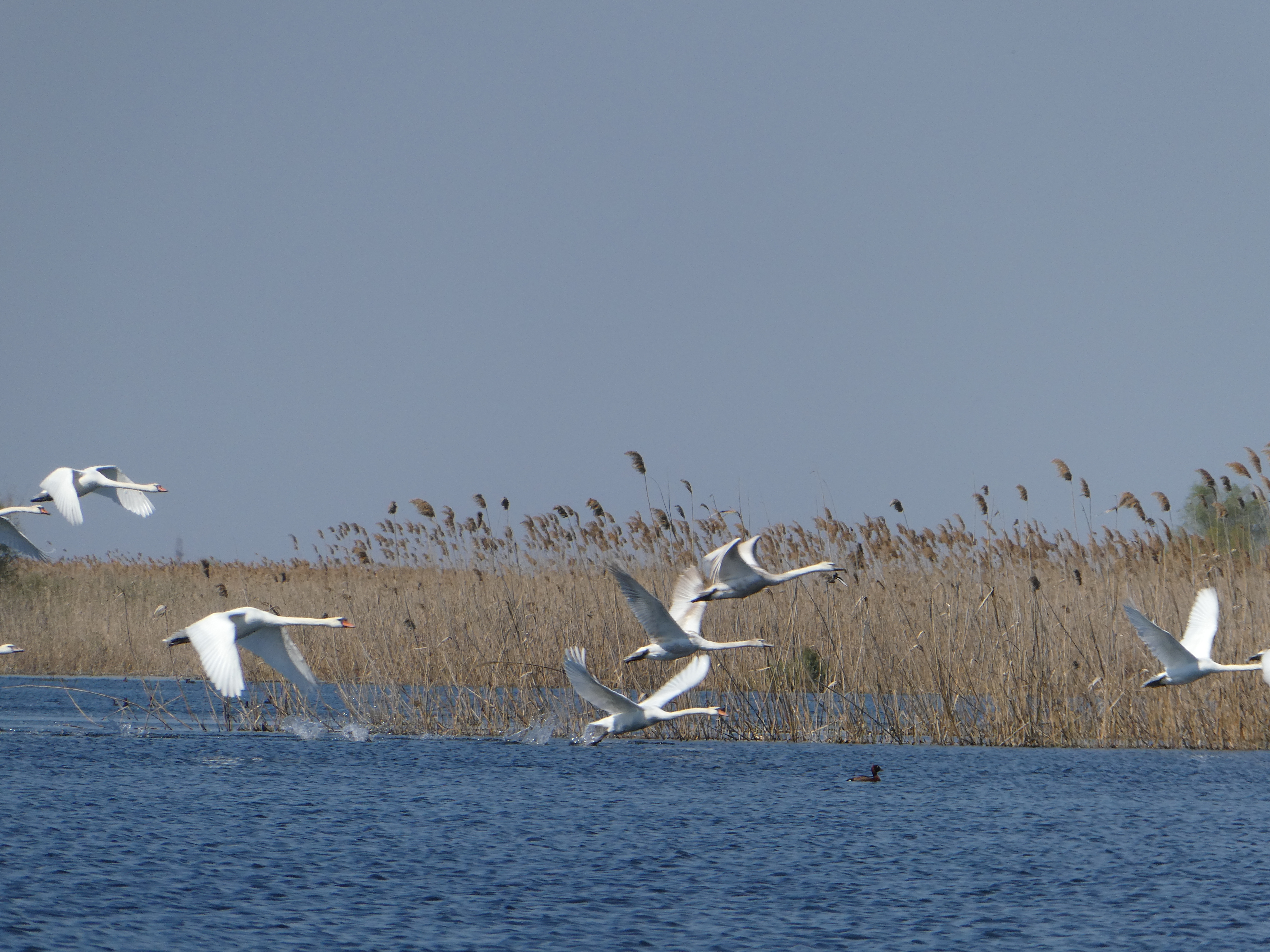
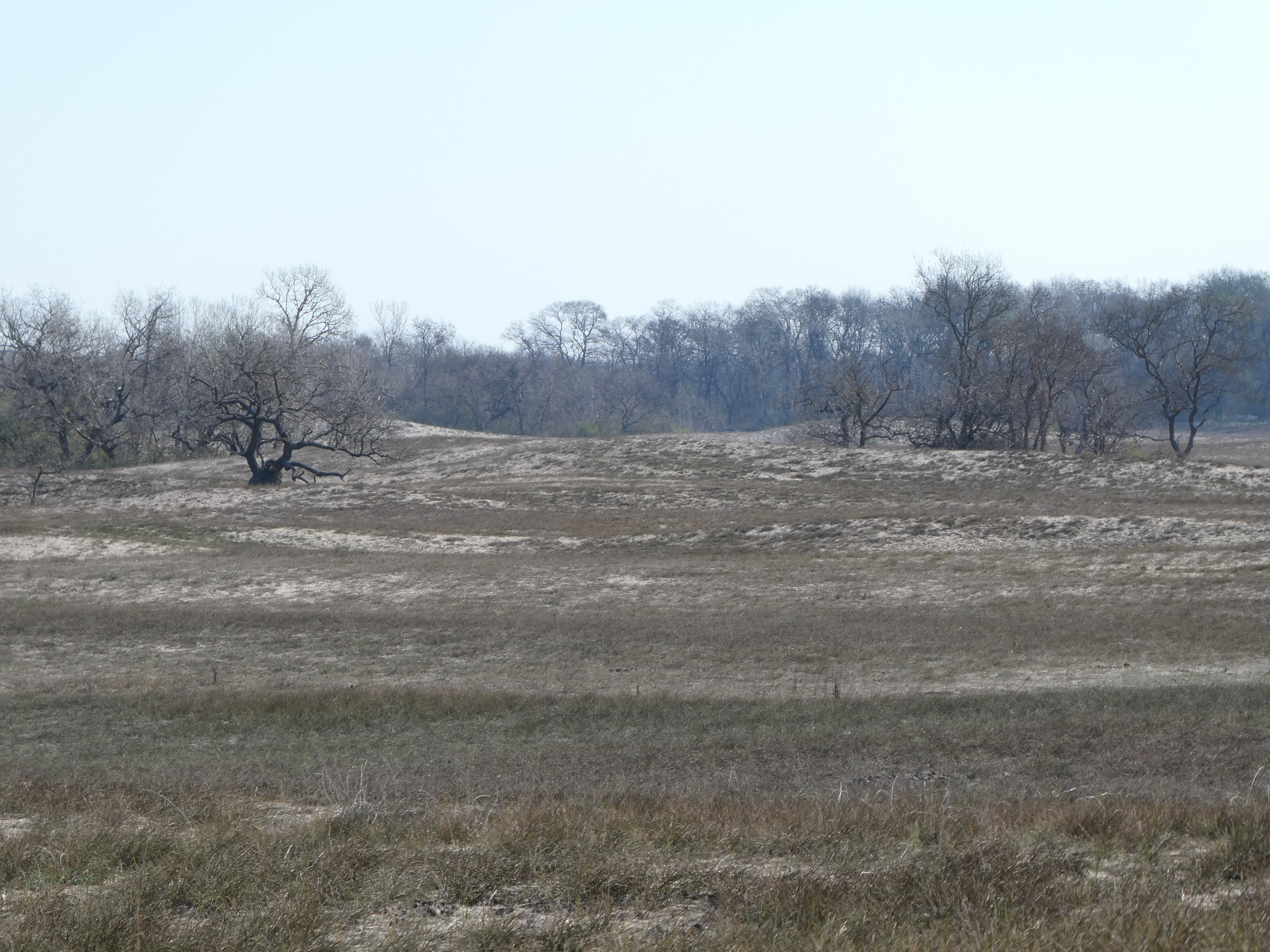 Dunes in the Letea Forest Reserve
Dunes in the Letea Forest Reserve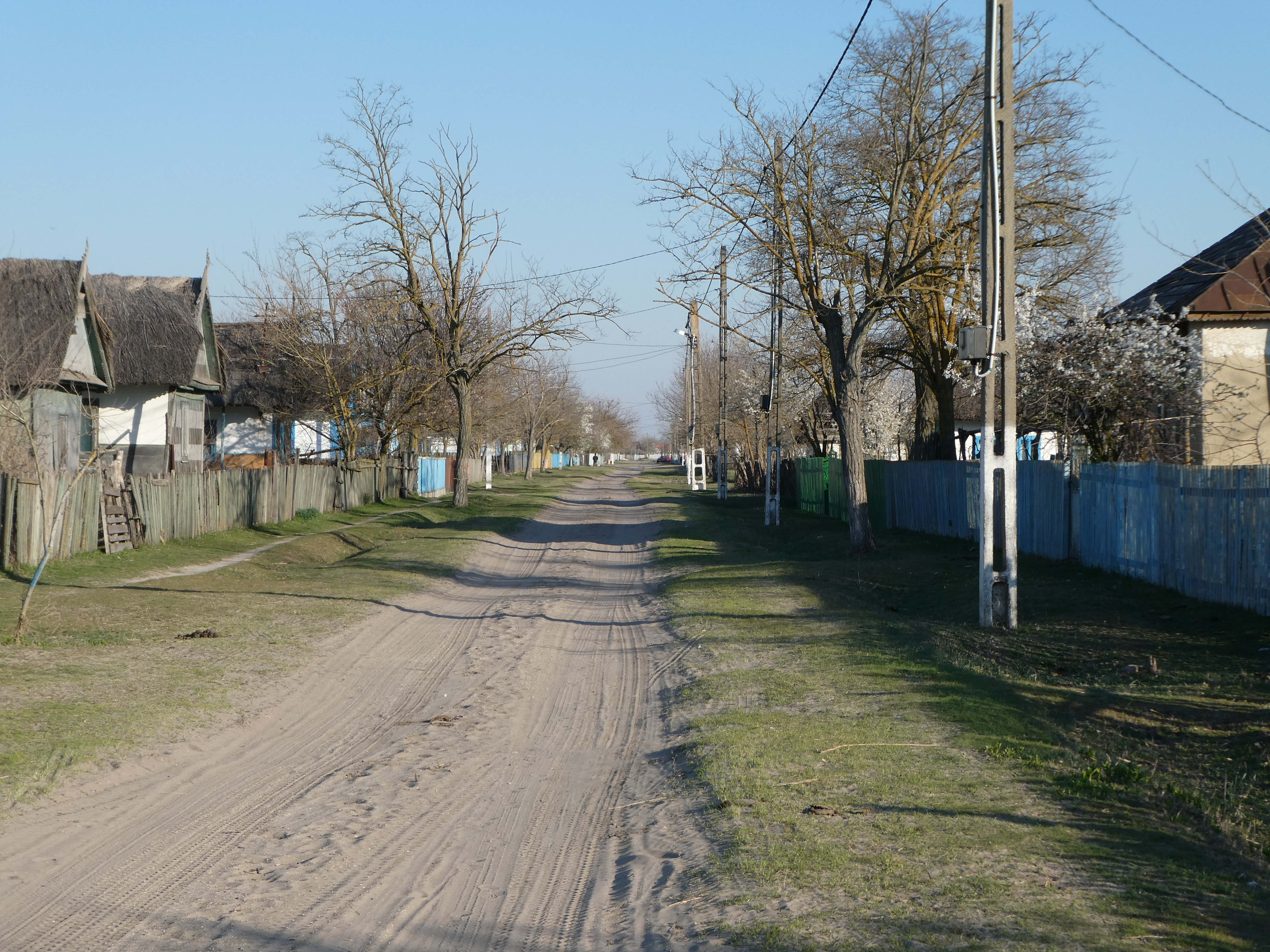 Letea
Letea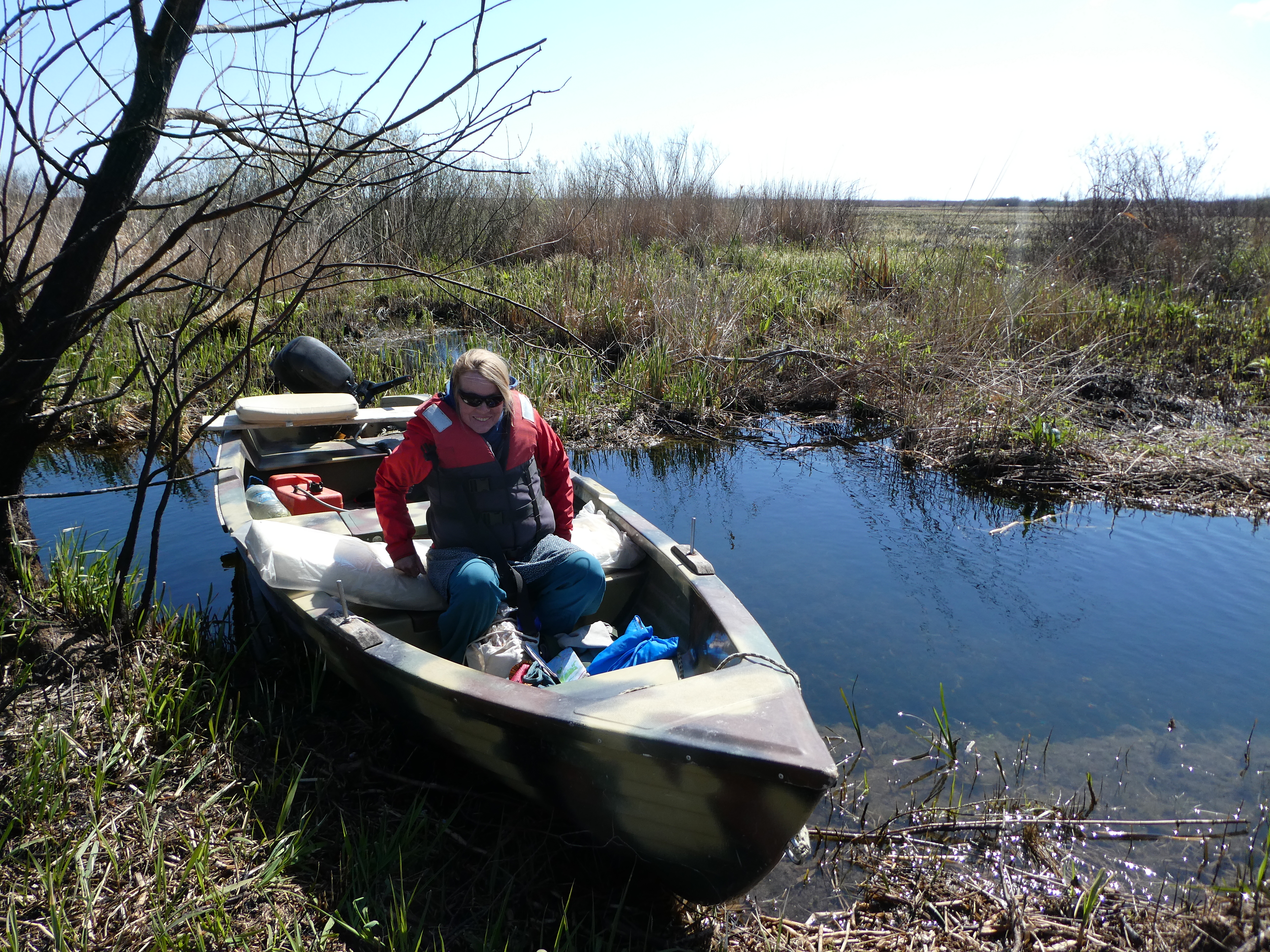
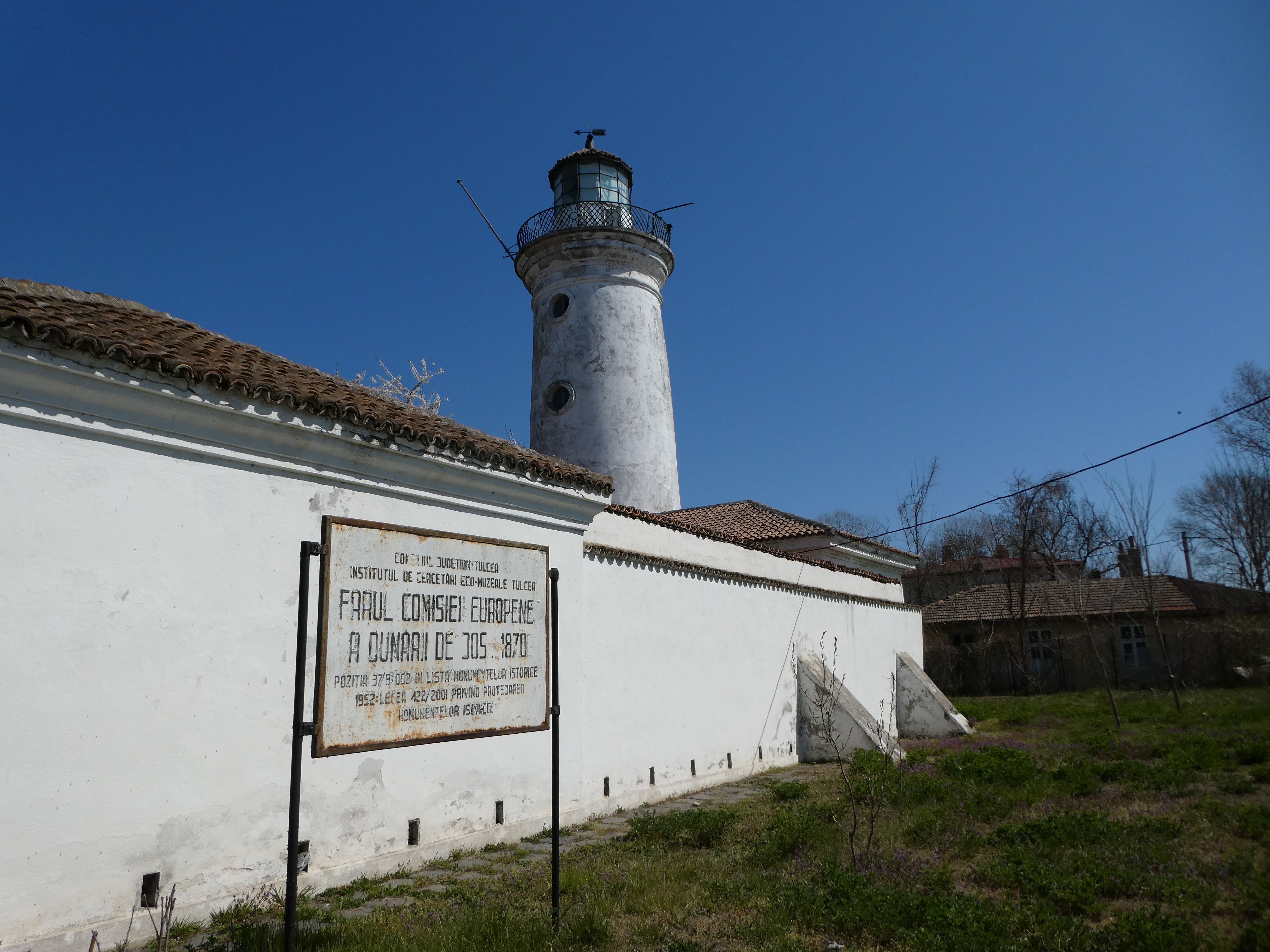 CED lighthouse in Sulina, built 1870
CED lighthouse in Sulina, built 1870